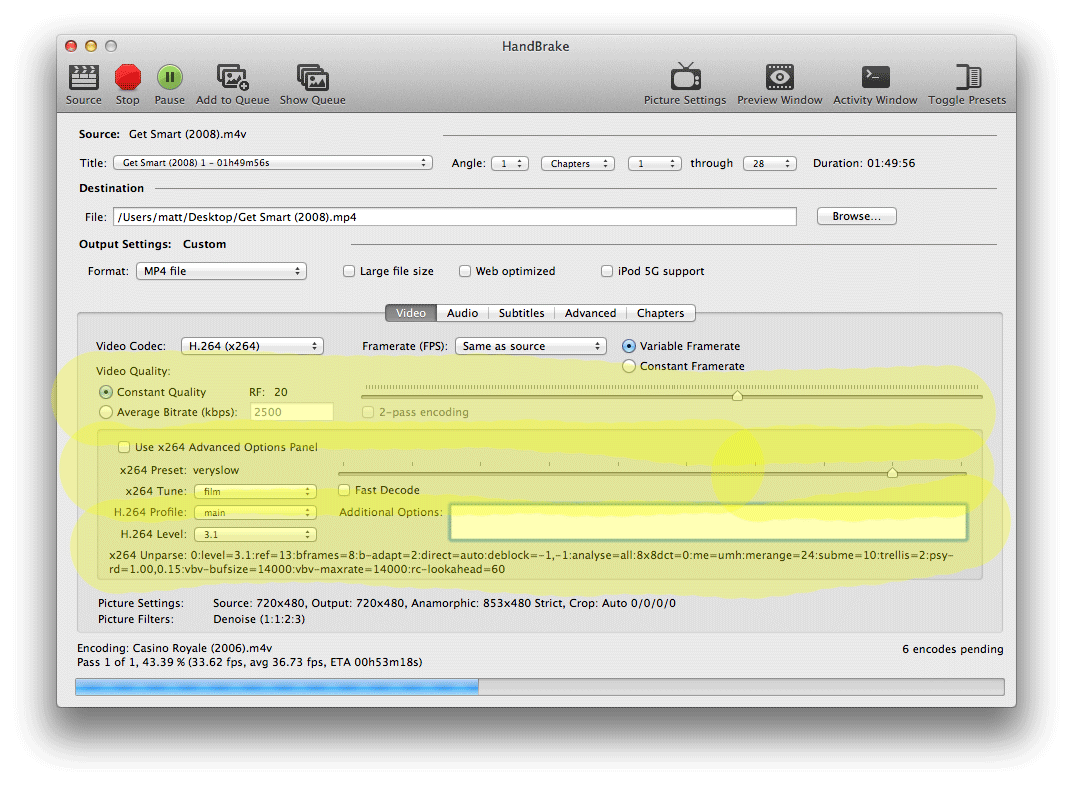Okay, so I wanted to mess around with this online casino thing, specifically getting into their login system. Not for anything bad, just to see how it works, you know? Curiosity and all that.
First, I needed to find a target. I’m not gonna name names, but I picked a casino site that looked, shall we say, less than top-tier. I figured their security might be a little… relaxed. This isn’t about messing with the big guys, just learning.
Next, I spent some time just looking at the login page. Right-clicking, “View Page Source” – that’s where I started. I wanted to see the HTML, the basic building blocks of the page. I was looking for the form, the part where you actually type in your username and password.

I found the <form> tag, and then inside that, the <input> tags for the username and password. Each of these had a “name” attribute. This is important, because that’s how the website knows which box is for the username and which is for the password when you hit “submit”.
Figuring Out the “Post”
The <form> tag usally have an attribute call “action” and “method”, the formal usually a relative path, and the method is how the browser to send the data, that’s key. I saw the method was “POST”. This is pretty standard. It means the data (your username and password) gets sent in the background, not tacked onto the end of the website address like you see sometimes (that’s a “GET” request).
Then use the brower’s developer tools to find out the network request, it’s also really important, it’s tell us where the data to be send *’s the server and path the data will be sent.
So, “POST” is how the data is sent, and the “action” part of the form tag tells you where it’s sent. It’s like the address on an envelope. It might be a full website address, or it might be a relative path, meaning it’s just a bit of the address, and the browser fills in the rest.

Putting It Together
Knowing the where the data sent, the how, and the names of the username and password fields, I start to try to decode the login.
I started playing around. I could use tools, but I wanted to try it manually first. I used a simple command-line tool to send a “POST” request. I crafted the request to include the “username” and “password” fields, just like the login form would. I tried some simple guesses, like “admin” and “password123”.
Most of the time, I got back a response that basically meant “nope, wrong password”. But it was progress! I was sending data to the server, and it was responding. It was like a conversation, even if it was a very short one.
I didn’t “crack” anything, of course. That wasn’t the point. The point was to see how the pieces fit together. How a simple login form turns into a request, how that request is sent, and how the server sends back a response. I send a request with the “username” and “password”, and see what happen.

It’s like taking apart a clock, not to break it, but to understand how all the gears and springs work together to make it tick. I got that same kind of feeling from this little experiment.













